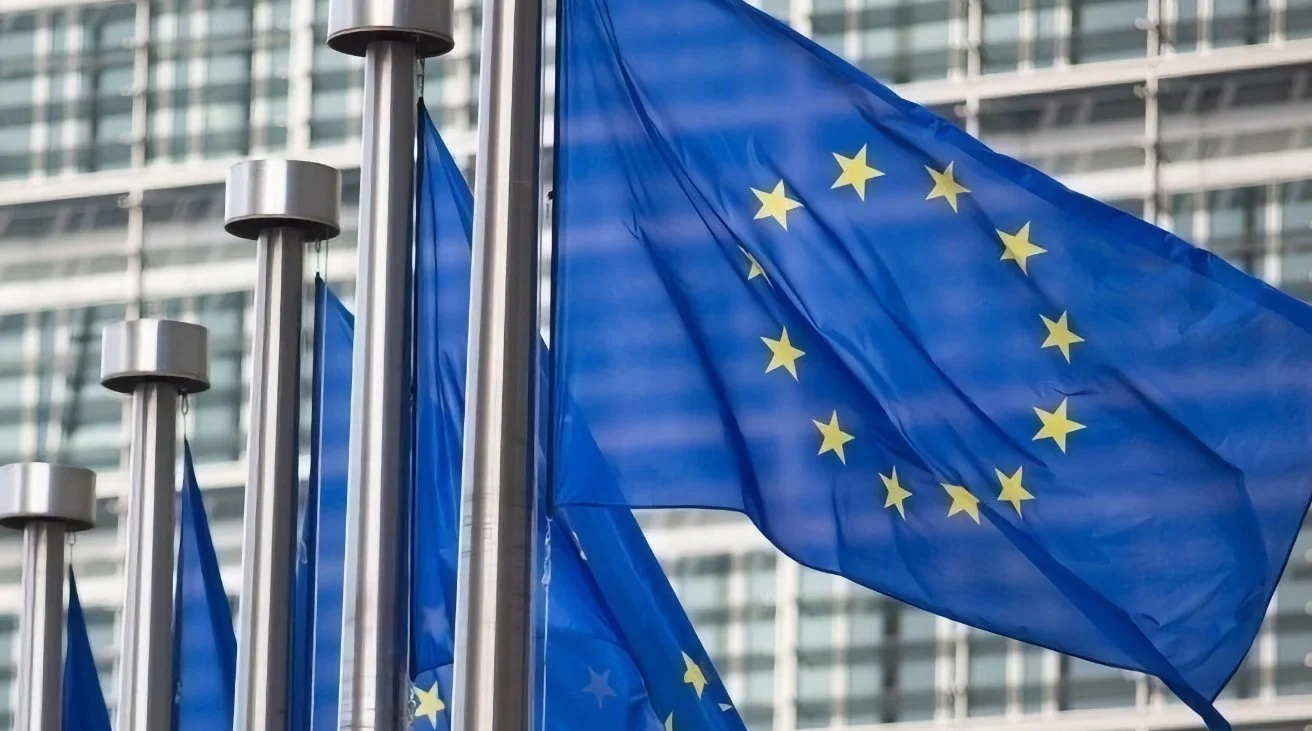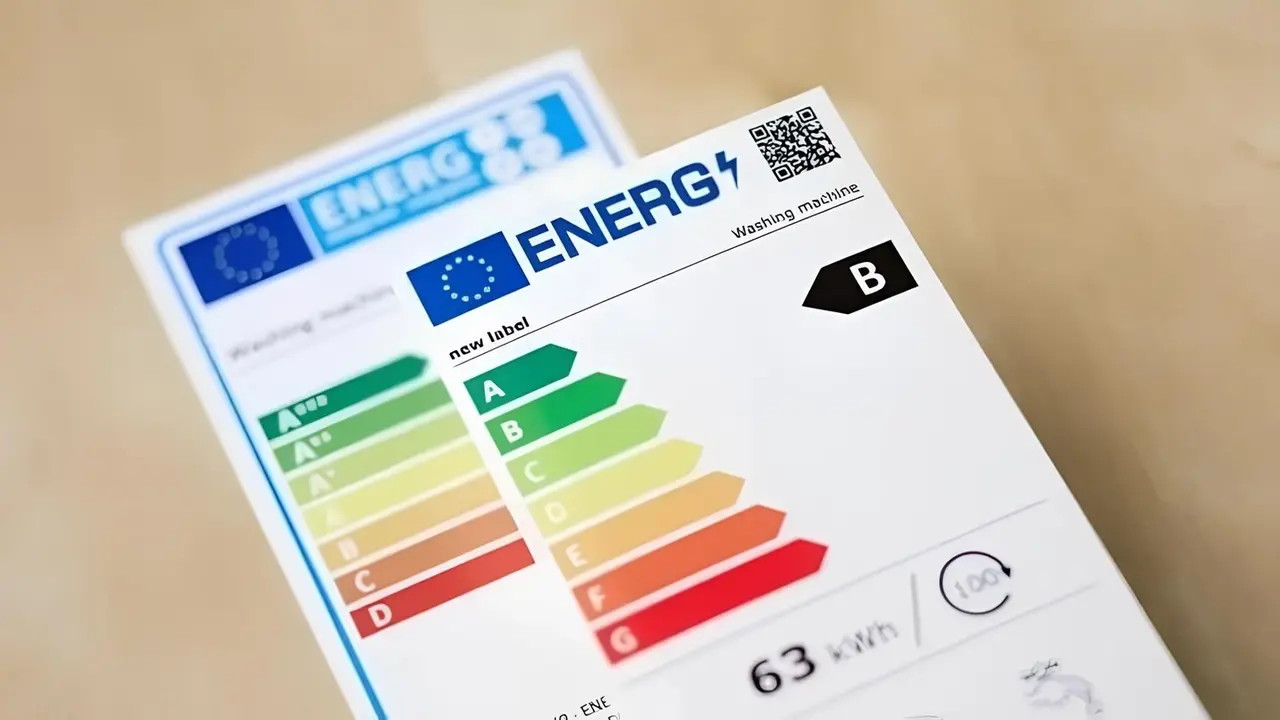The European Union has framed a new set of rules for smartphone companies to follow from now on. This is applicable strictly for the new smartphones and tablets to be sold in the EU, and this requires the companies to provide the energy efficiency details along with their product inside the packaging itself. This brand new rule or regulation, whatever you call it, aims to make purchasing easier for the consumers. Not just easy, but to make smart purchasing choices where consumers can help to cut down the emission of CO2.

Know More About This Regulation of the European Union
This regulation by the European Union applies to all traditional phones known as landlines, commonly smartphones running on cellular networks or satellite networks, tablets with a screen size between 7 inches to 17.4 inches, and also to feature phones which has no internet or any sort of third-party apps. The energy sticker features a scale that rates the efficiency from A to G, where scale A stands for the most efficient form and G denotes the least efficient form.
What Are The Manufacturers Supposed to Do Now?
It is now compulsory for manufacturers to register their devices (or products) in the European Product Registry for Energy Labelling, and this sector is purely run by the European Commission. Along with this, all the brand new smartphones or tablets, or specific tech devices sold in the European Union must meet the following five criteria:-
1) For durability, devices must be capable of surviving sudden accidental drops, along with the capacity of resisting dust and water.
2) In terms of battery power, the companies or manufacturers must ensure the batteries last at least 800 full charges along with discharge patterns, but must retain a minimum of 80% of their original power.
3) One very interesting point about the latest declaration is related to the repairability of the devices, where the critical spare parts must be made and kept available by the manufacturers within a time frame of 5 to 10 working days. Not only this, the offering must continue to the consumers for 7 years after the particular product stops being available in the EU.
4) The next regulation orders the availability of upgrades of the operating system for at least 5 years after the sale ends.
5) And the last regulation states that professional repairers have fair and non-discriminatory access to any sort of software repair or firmware.

Who does not fall under this Regulation, or for whom does this Regulation not apply?
All the devices launched or sold before 20th June 2025, officially stand relieved from the latest European Union labels. Other devices that carry rolling display or smartphones specifically for high-security communication, or even tablet computers with a comprehensive operating system, also stand out from this new label regulation.
Follow our WhatsApp channel for the latest news and updates
